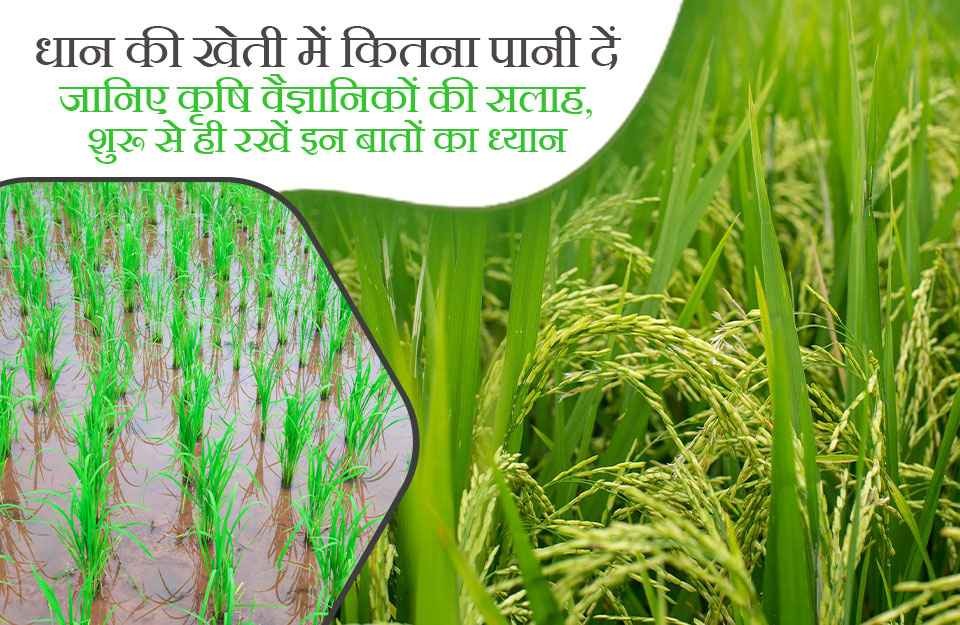
Paddy cultivation is widespread across the country, particularly during the Kharif season. By focusing on proper transplanting techniques and water management, farmers can achieve good yields. Scientists from the Indian Council of Agricultural Research (ICAR) have provided detailed information on this subject. Proper water management and irrigation are crucial in paddy cultivation.
The preparation of paddy nurseries typically begins in June across most regions. Paddy requires a significant amount of water, making proper water management essential. The nursery should always maintain adequate moisture, and waterlogging should be avoided. Sprinkler irrigation is highly beneficial for paddy fields.
To conserve water in various states, paddy can be planted using ridge and furrow methods. In Uttar Pradesh, Punjab, and Haryana, this technique allows the crop to mature in 20 days instead of 30, reducing the need for pesticides. This also lowers diesel costs and saves farmers' time, labor, and water.
Optimal Irrigation Practices: Agricultural scientists recommend irrigating paddy fields in the evening. After transplanting, the fields should maintain 2 to 3 cm of water for the first week. During the tillering and flowering stages, fields should have 5 to 7 cm of water. Continuous waterlogging is not necessary after this period and can adversely affect crop growth.
Proper Drainage Management: Effective drainage is essential not only for paddy but for all crops to enhance yield. In areas prone to waterlogging, proper drainage arrangements are crucial. Fields should always maintain adequate moisture levels.
Seed Treatment: Before transplanting or direct seeding, it is vital to treat the seeds. Proper seed treatment can prevent many diseases that affect the crop. On average, seed treatment costs around 25 to 30 rupees per hectare. Many farmers use 4 grams of Streptocycline and 75 grams of Thiram per 25 kg of seeds for treatment.